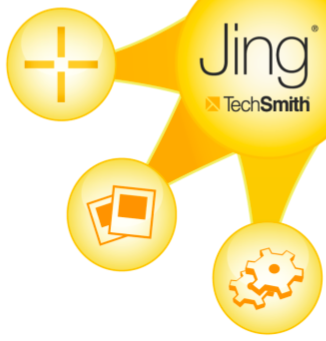
Image Credit:
After teaching RHE 306 for my second semester, I still have not fully decided on a consistent system for students to turn in their work. Electronic copies have a couple of advantages that pertain to the particular format of the class: a) different versions can easily be compared in text processing software (it’s called “merge documents” in LibreOffice and in Word). In a course that highlights writing as a process and the role of revision, this helps gauge the extent of changes made from one stage to the next. b) Very often, assignment deadlines occur in rapid succession and it is important for students to get feedback as soon as possible. An electronic copy can be marked, graded and returned promptly, whereas with a paper copy you have to wait at least until the next class day. Especially the smaller, one-page assignments I try to return within 24 hours in order to not slow down the work flow.
Yet I usually ask students to bring print copies of their assignments to turn in in class. For one thing, I already find myself staring at a computer screen for too much time every day and it is nice to take a stack of papers to the park or the pool and do grading there. More importantly though, paper copies allow me to make in-text and marginal comments with an ease and precision that I can’t seem to get with text processing software, even with the “comment” and “track changes” functions.
However, recently Mary Hedengren (all credit to her) pointed me to a piece of software that may mitigate the latter problem and give some additional benefits. It’s called Jing and it is a screenshot/screencast program. There is nothing really fancy to it and I am sure there are other applications that do similar stuff, but it still seems really useful.
So, here is what you can do with it: Open the paper you want to give feedback on. Connect a headset or other microphone, or use the built-in one if that is good enough. Start Jing and have it video cap the window containing the document you are working with and simultaneously record audio from the mic. Go through the paper, highlight aspects, comment on them, maybe give real-time examples of how to make a not-so-good sentence/transition/source attribution/etc. into a better one. Save the product as an SWF video file. Send it to your student.
Here is what I think are the advantages of using Jing with electronic copies. Obviously, everything I said about electronic copies in general still applies. In addition, it seems like it will be much easier to give precise feedback on individual passages. The easiest way to do this, it seems to me, would be to highlight the passages you want to talk about in advance and then address each one verbally as you go through. Scrolling back for cross-references is also easy enough.
The real strength here in my opinion is that sending a video makes the feedback you give to students a lot more personal. There is so much potential for misunderstandings with written comments because they are entirely stripped of non-verbal cues like inflection, stress, etc. This is one of the reasons we ideally would like all of our students to come to office hours all the time (well, maybe not quite that, but you get the idea). Jing seems to offer perhaps the next best thing to actual face-to-face feedback. Plus, the free version of the program has the 'affordance' of allowing no more than 5 minutes of video to be recorded at one time. So there is an automatic safeguard against spending too much time on one paper built into the program.
From a student's perspective, I see three chief advantages. The first one is the way they are likely to perceive feedback. I feel a recording of your professor actually talking to you would make you feel a lot more valued as a person than detached written comments. Of course, this depends on the tone of the writing/recording as well, but I feel it is fair to say it holds in general.
The second point is related to the first. Like many colleagues, I am concerned whether students actually take time to read my written comments (let alone re-read them). An audiovisual recording provides a mode of engagement that I hope students will be more open to.
Finally, I have often found there to be a bit of a gap in terms of what I prioritize in grading and what parts of my feedback students focus on most. This is especially true when students read the comments as a justification of their grade: “But you said I had a good introduction, so why am I not getting an A.” Here, the screencast format should also make it easier for students to see where the focus lies, simply by allowing the instructor to insert meta-comments (“and this is really what you need to work on to get an A in revision,” etc.) more easily.
Unfortunately, all of the above remains hypothetical so far. I have not had a chance to try Jing in my class yet since I only very recently heard of it. But my students are turning their next major assignment in at the end of the week, and I'll definitely try it for that. Will keep you posted-

